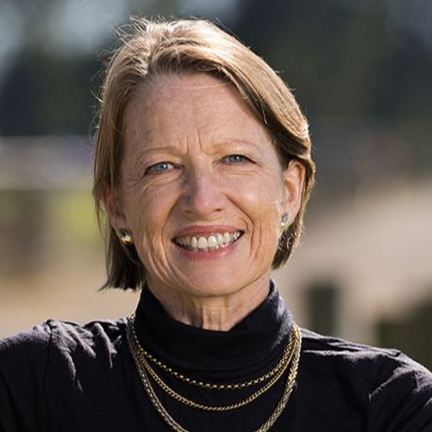Thirty-one days of eating food grown within a 150km radius.
For New Zealanders, this means a month without chocolate — which will be enough to put some people off completely.
It also means no sugar (but honey might be available), rice, tea (unless you live within the designated radius of Zealong (near Hamilton), or coffee (unless near Pekerau Hills, Doubtless Bay) and tropical fruit such as bananas and pineapples (again unless you live near growers in Gisborne or Northland).
And how about grain for your toast and sandwiches? Or biscuits, cakes and muesli bars? Hawke’s Bay, Wairarapa, Whanganui, Canterbury, Otago…
What will your breakfast look like?
Certainly not chia pots. And South Islanders won’t be having smashed avocado on the toast that is available.
Microbreweries have proliferated, but hops are grown mostly at the top of the South Island.
Likewise, wine grapes are in specific areas.
Bathtub gin instead? On-the-rocks?
Locavorism will recreate your thinking about what is not only local but also what is in season.
And it turns out to be not as much as we’ve become accustomed to.
Further, it might well cast doubts on the logic of the Paleo diet, purporting to be based on foods humans might have eaten during the Paleolithic Era (dating from around 2.5 million to 10,000 years ago).
A modern paleo diet includes the things hunter-gatherers could find, such as fruits, vegetables, lean meats, fish, eggs, nuts and seeds.
It doesn’t include foods that became more common when small-scale farming began about 10,000 years ago, including grains, legumes and dairy products.
Whether the modern Paleo diet is nutritionally adequate is still being debated, but what is clear is that the health of the hunter-gatherers reflected considerable activity, which resulted in lack of obesity, and weight bearing which gave good bone strength.
It has also been estimated that at least 50% of their calories come from meat.
For New Zealanders, the fact that we have animal protein available across the country should assist with a month of thinking local (and with a nod to Paleo).
Farmers’ Markets can help as well.
They work on the three “golden rules” of selling mostly food (with exceptions for plants and flowers), that has been produced within a defined local area (for example, a 2hr drive, or 100km radius from the market) and vendors must be directly involved in the growing or production process of the food (on-selling is prohibited).
Note, however, that making jam near the selling point of the Farmers’ Market involves sugar that is grown overseas.
Similarly, the bakers in the North Island farmers’ markets are likely to be using flour grown in Australia.
Although Hawke’s Bay has launched a flour brand, Ōtāne is considerably outside the locavore range for Aucklanders.
Locavorism is a balance of what is possible and sensible.
In the northern hemisphere, Locavore March is spring, when the chickens are laying again, the cows are producing milk, and lambs will be skipping around the fields.
Listen to Jamie Mackay interview Dr Jacqueline Rowarth on The Country below:
Berries and fruits will be less easy to find.
In contrast, March here is autumn; root crops, vegetables, berries and fruits are in season.
This is apparent in the Farmers’ Markets and explains why prices there are often cheaper than in supermarkets.
It isn’t just that the number of people involved between producer and checkout is reduced, it is also that the Farmers’ Markets are almost by definition allowing “eating in season”.
Hunter-gatherers did develop ways of preserving food, including drying, smoking, salting, and burying food underground or in snow, to extend their food supply.
Settlement in “new” countries depended on having enough food to survive the winter.
Even now, some countries depend on imported food — Greenland is estimated to be only 17% food-secure.
This helps make the point that in the past, most people ate what they could find when they could find it and worked very hard (expended a lot of calories) to do that finding.
Locavore March might mean going to the supermarket or food outlet that is close and examining where it was produced and then wondering what “made from local and imported ingredients” really means.
It might mean going to roadside stalls and making an omelette with fresh tomatoes and basil (remembering that salt comes from Blenheim in New Zealand and pepper isn’t grown here).
However, the main point of Locavore March is to consider where the food you are about to purchase or eat came from, how it was produced and the journey to you.
Mindful eating then takes on a whole new meaning.
